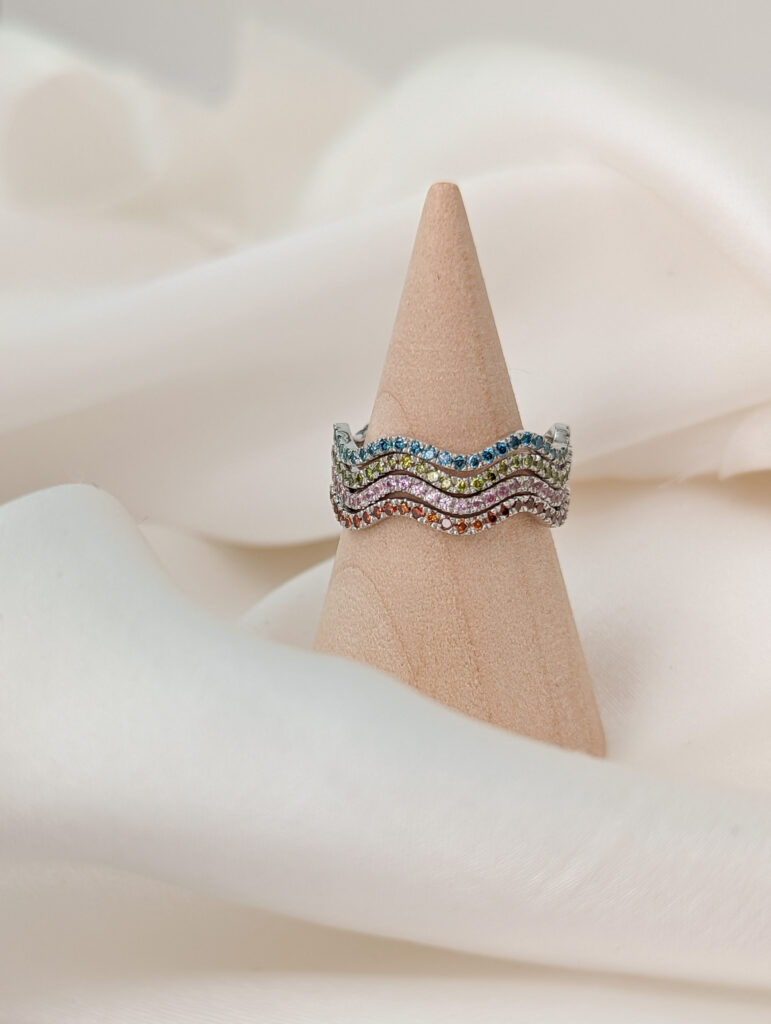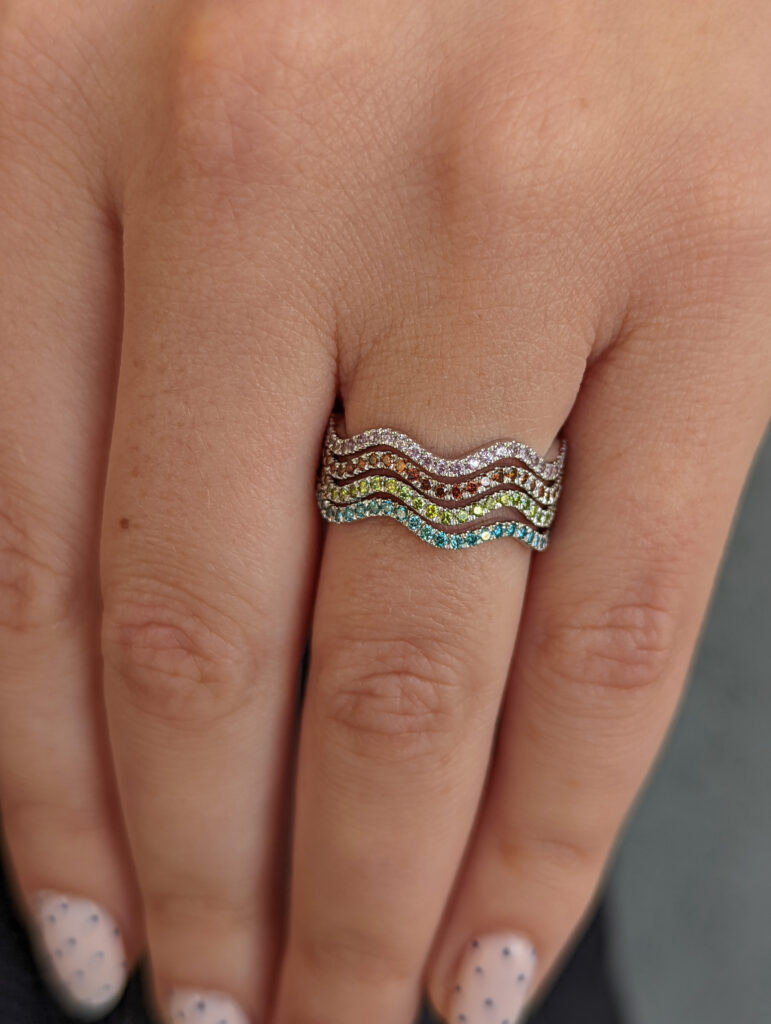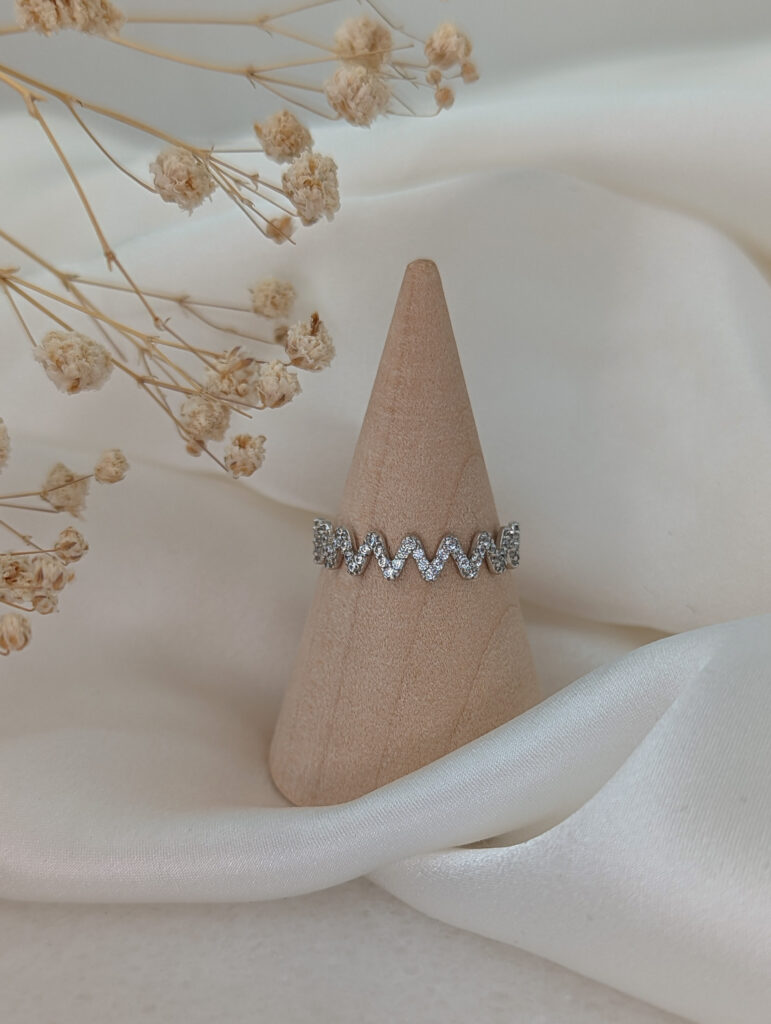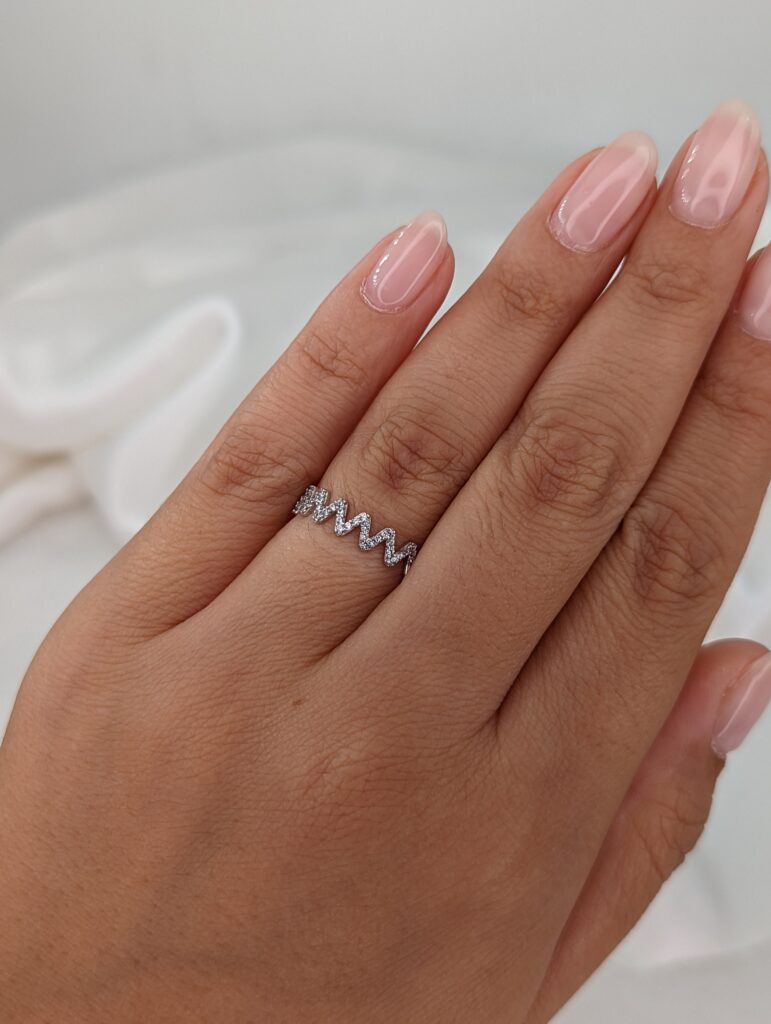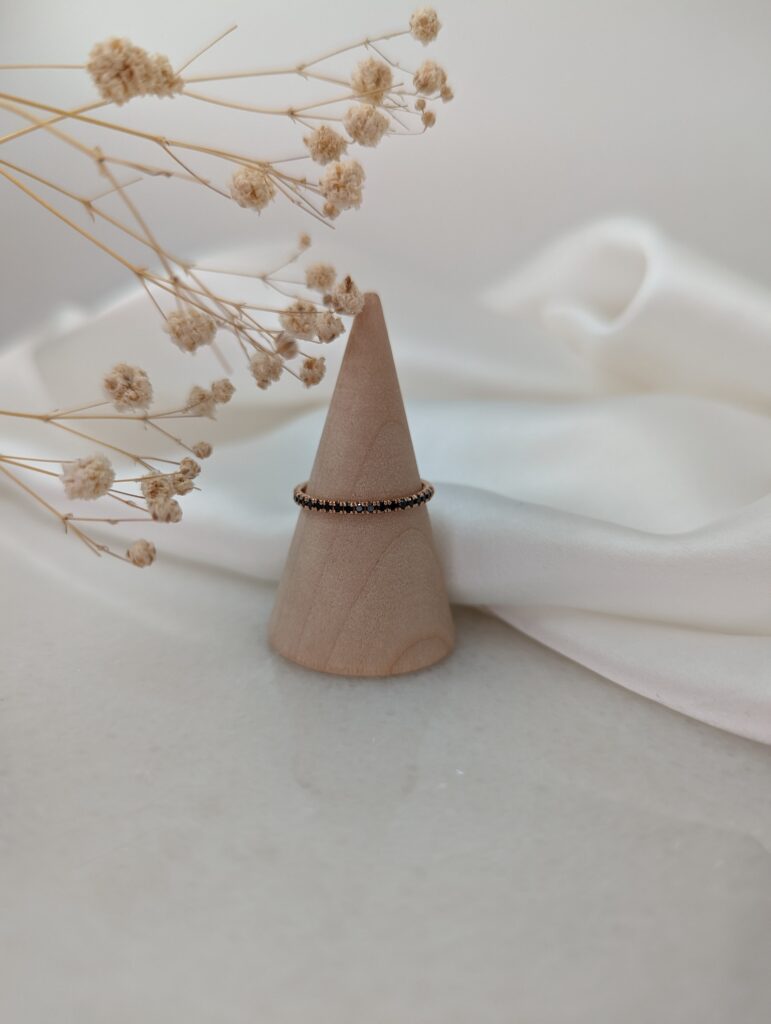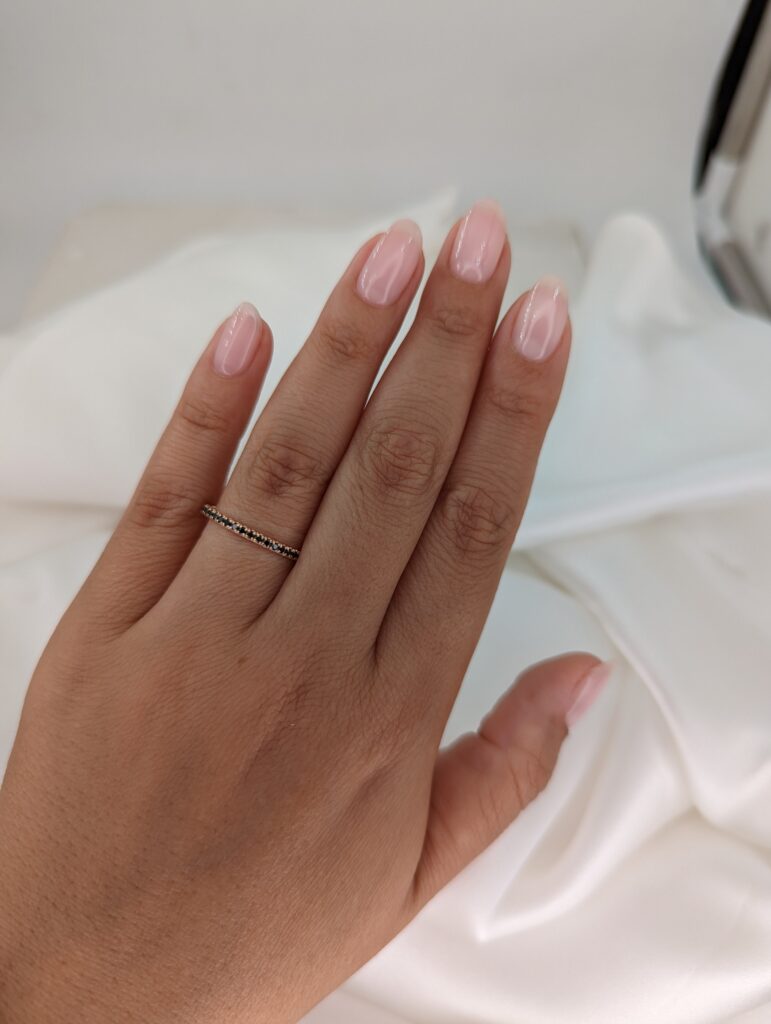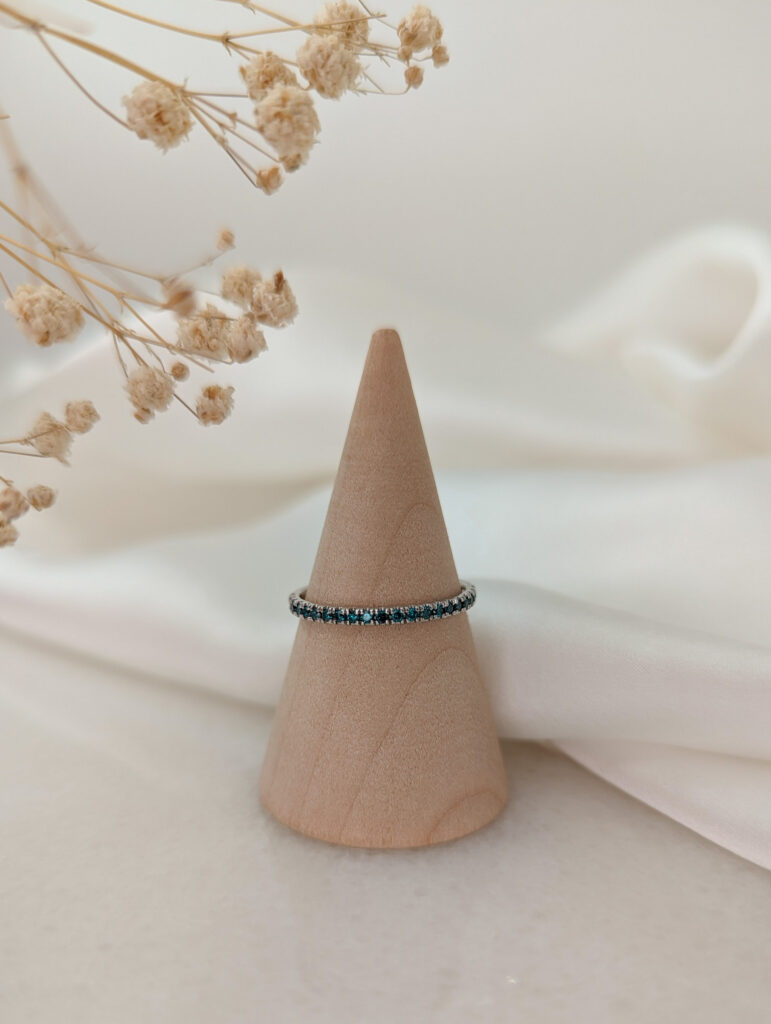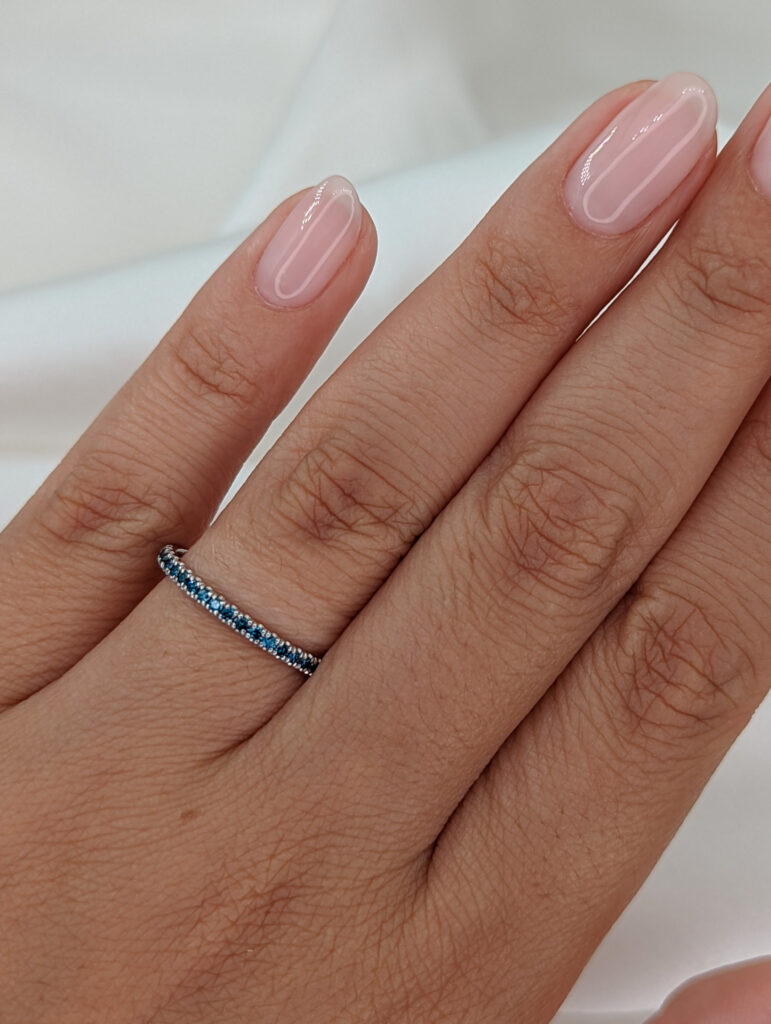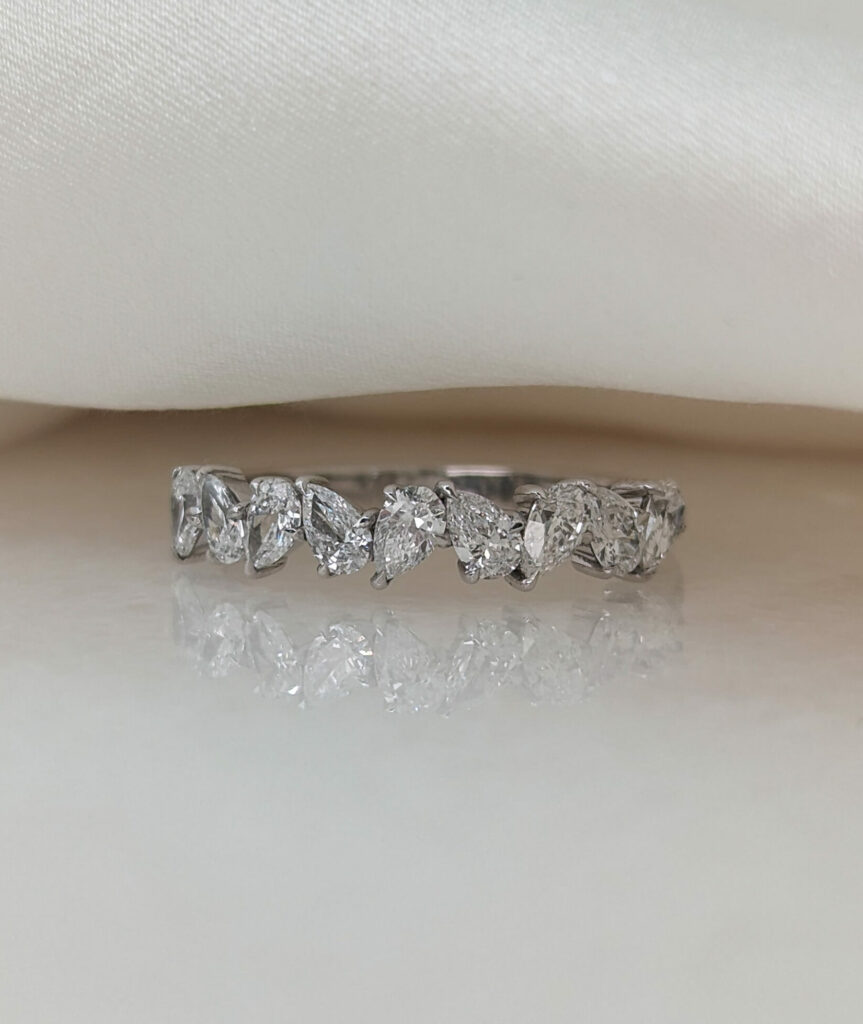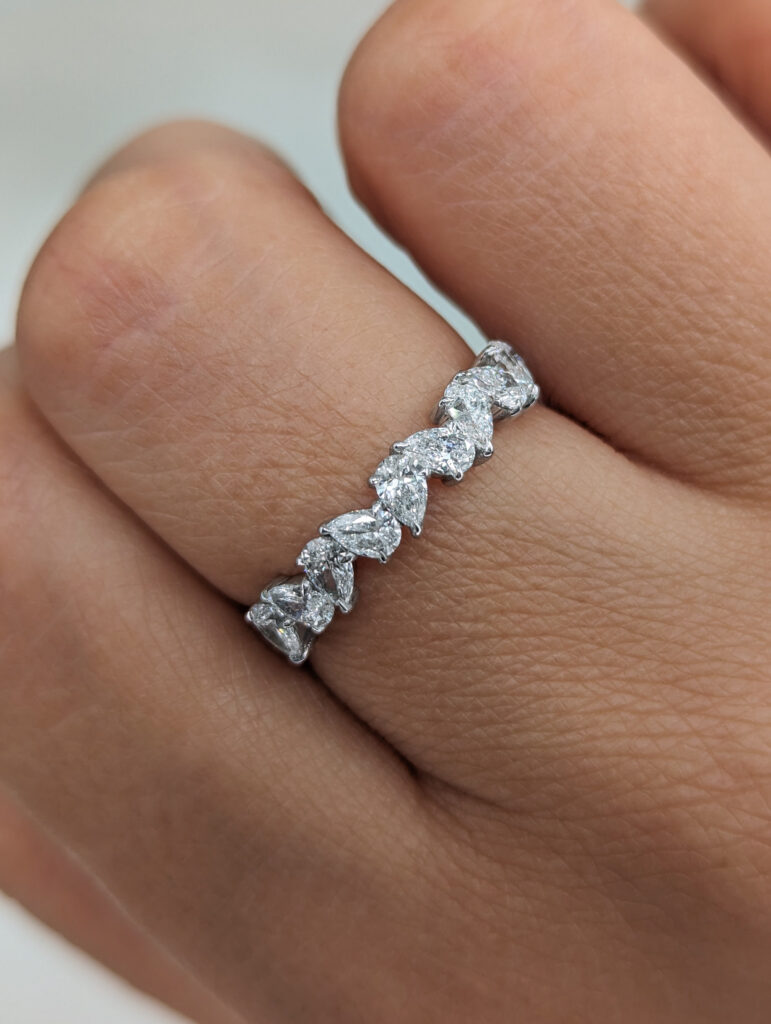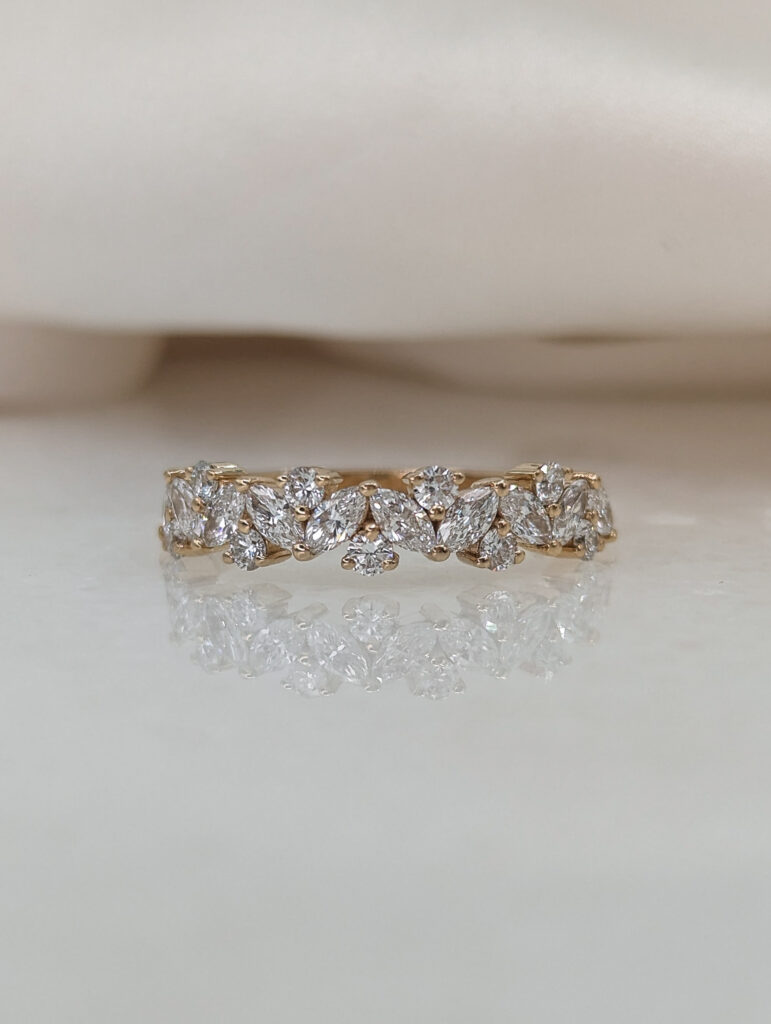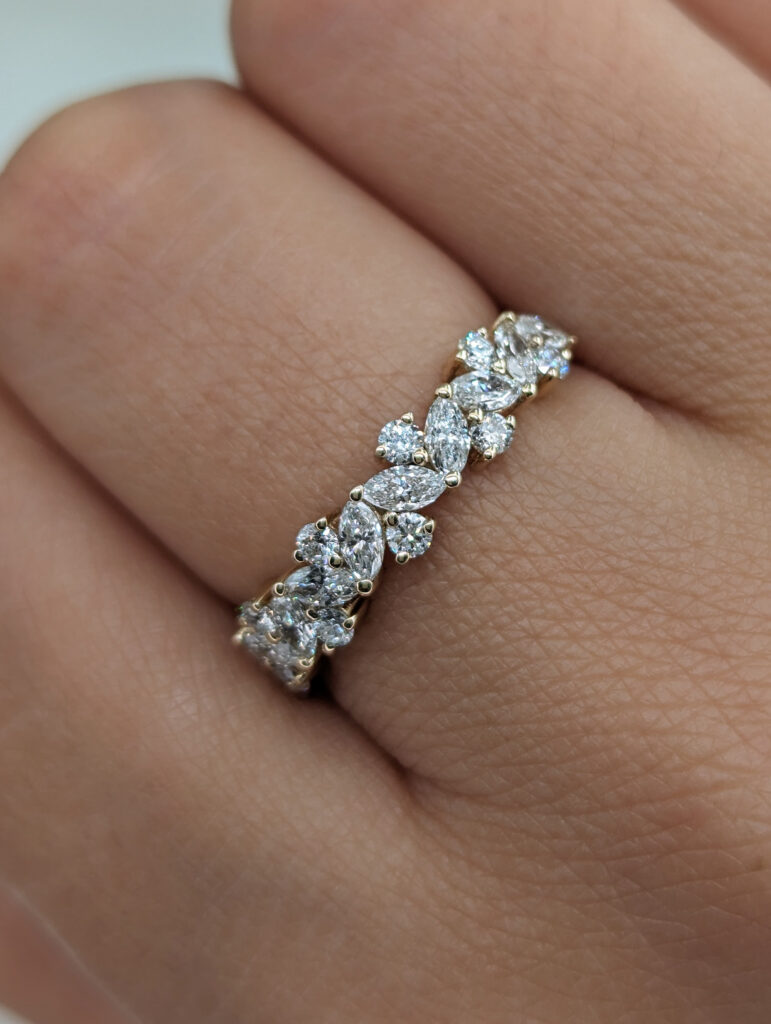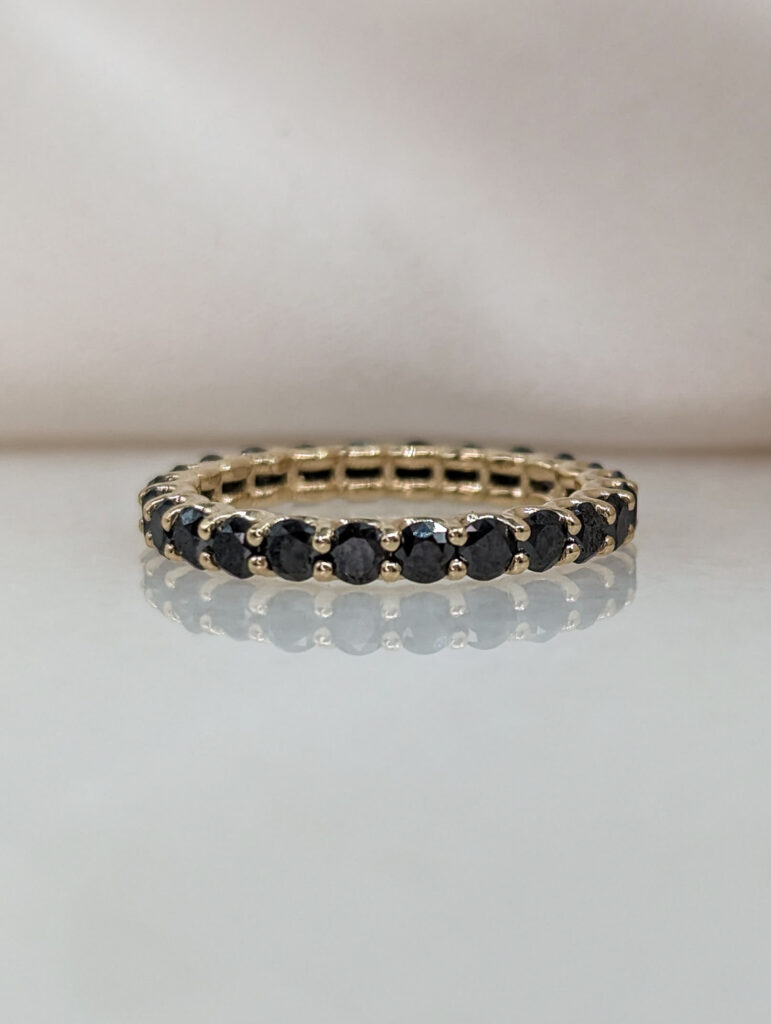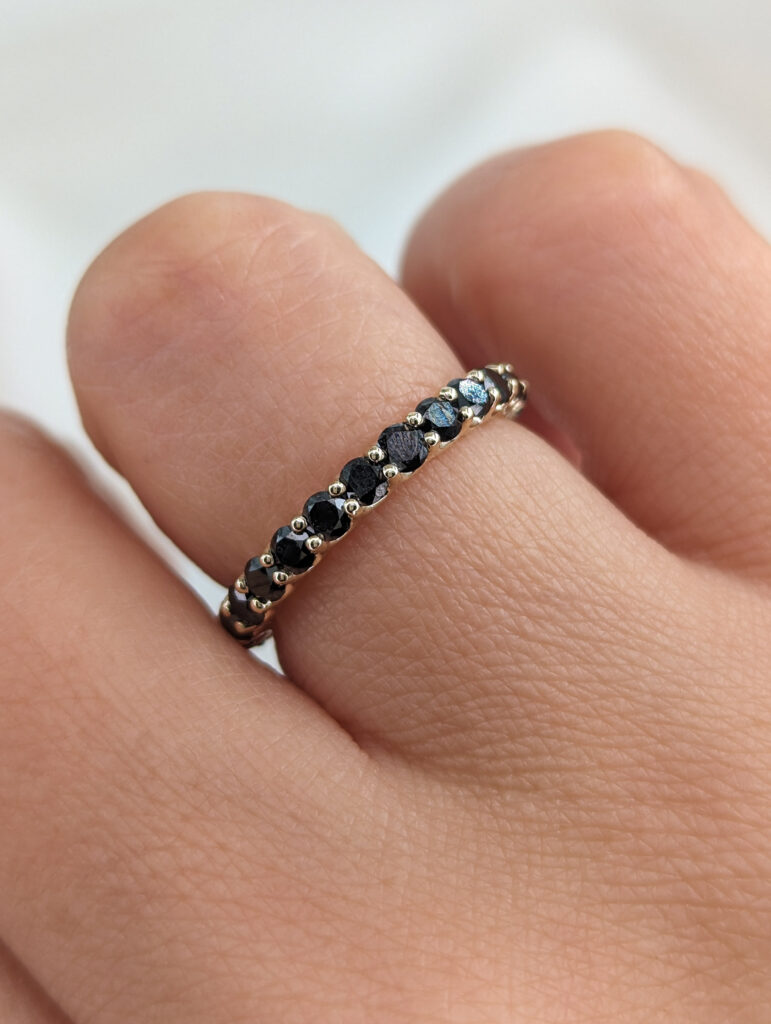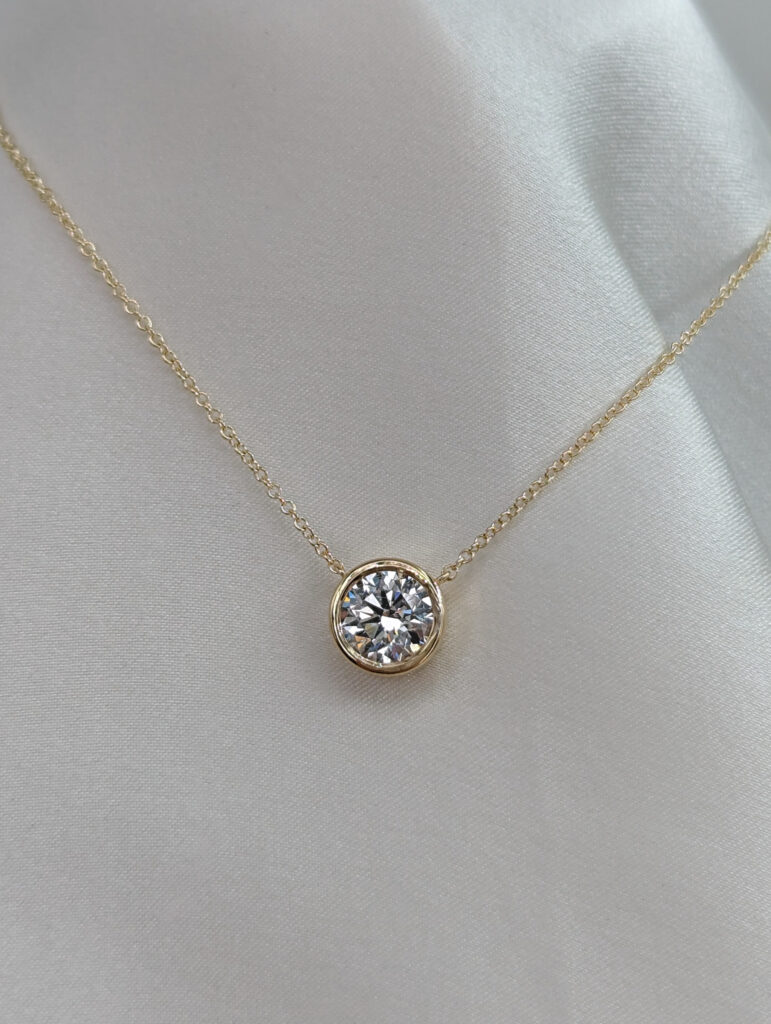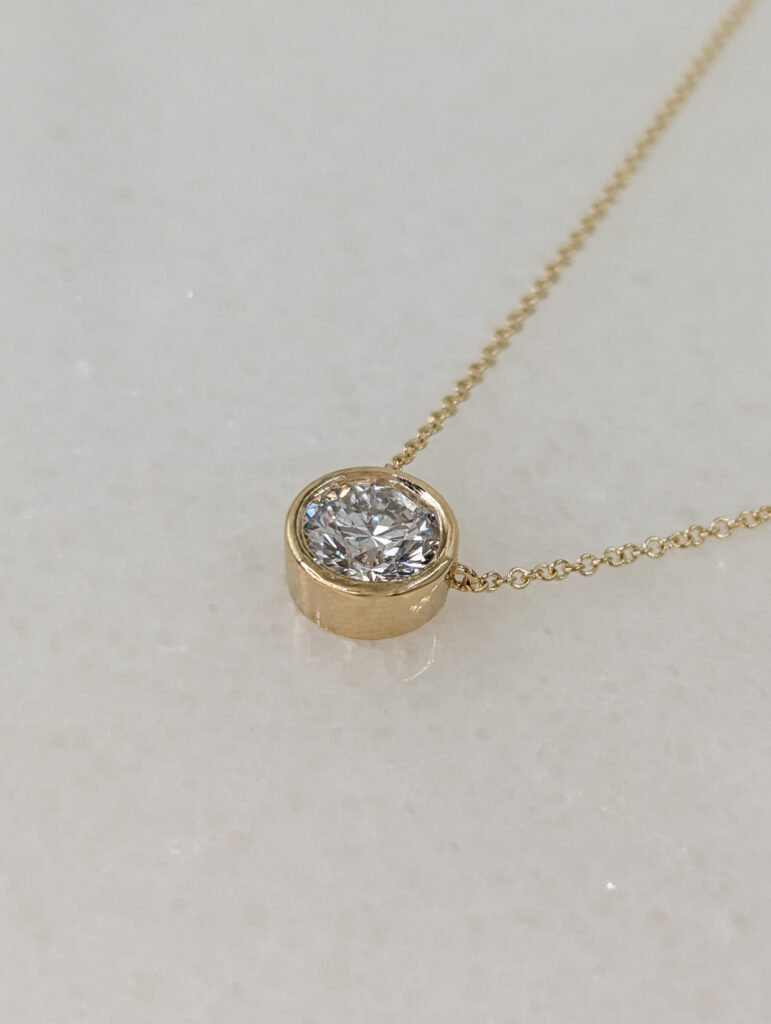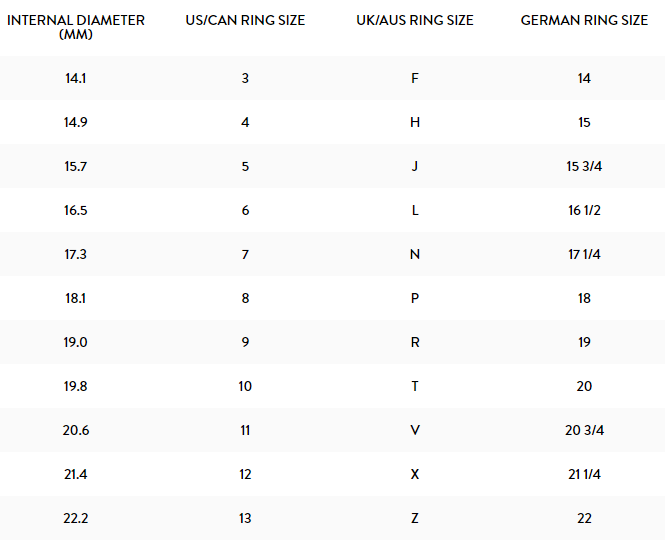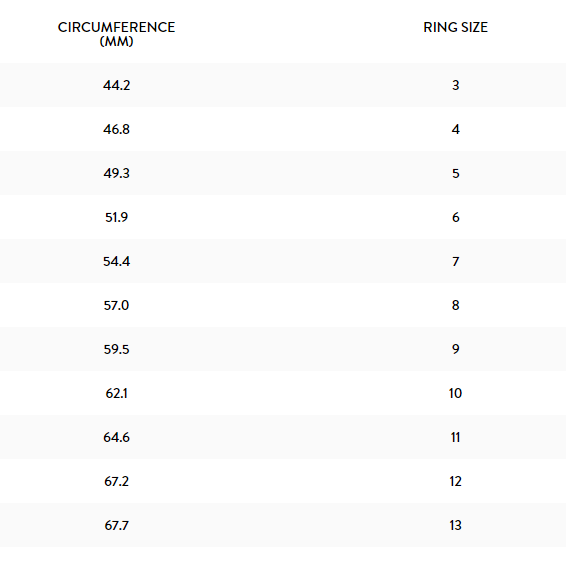Table of Contents
Diamond jewelry is a big-ticket purchase and is often acquired to mark a milestone, like an engagement or anniversary. The significance, excitement, and pleasure surrounding the buying process of engagement rings with diamonds or other jewelry types, make the experience extra special.
But while shopping, you find out that you actually have two diamond type options: natural and lab-grown. You can hardly tell them apart though one costs less than the other. So you pause and ask, is the lab diamond real or just an inferior copycat?
You may hear varying opinions about it, which may add to the confusion. So allow us to help you out in your diamond dilemma and shed light on your doubts.
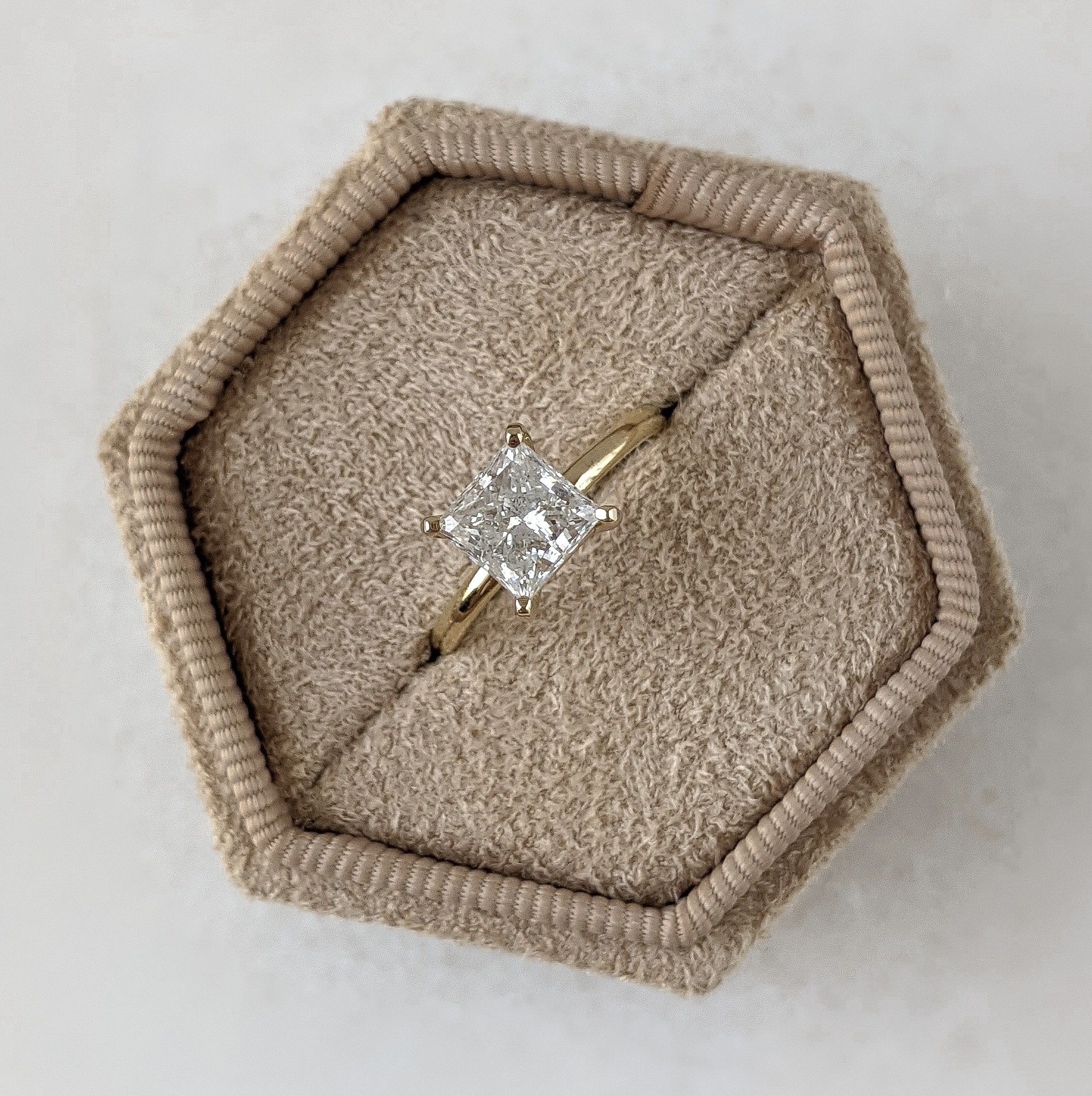
What Does Lab Created Diamond Mean?
Lab-created diamonds are also known as man-made diamonds, engineered diamonds, cultured diamonds, and lab-grown diamonds. They are produced in controlled environments that replicate the conditions beneath the earth’s crust which cause diamonds to naturally form.
As you may already know, natural diamonds are forged in the earth’s mantle for billions of years through extreme heat and pressure. They rise to the earth’s surface by natural geologic activities and then mined by humans via pipe-like formation deposits.
This epic process is what makes diamonds extremely valuable. But with the advancement of technology, simulating the conditions that create natural diamonds has made lab-made diamonds possible. Lab diamonds are engineered using HPHT (High-Pressure High Temperature) or CVD (Chemical Vapor Deposition) which create stones of the same qualities as natural diamonds.
Are Lab Diamonds Real Diamonds?
Yes. In fact, they share the same DNA as naturally mined diamonds. Made with carbon atoms in a crystal, lattice-like configuration, both lab-made and natural diamonds have the same chemical and physical composition. They are even identical in optical characteristics.
The lab-created diamond’s fire and brilliance are intrinsic due to its makeup which is a carbon copy of a mined diamond. It displays an equally intense light performance as a round natural diamond of the same cut grade and clarity. So they sparkle like twins, with the same intensity.
Given these facts, it is safe to conclude that lab diamonds are not inferior to their mined counterparts. Incorporating science and technology does not diminish their legitimacy and beauty.
Can A Jeweler Tell If A Diamond Is Lab Created?
It’s impossible to tell through the naked eye, even by a trained gemologist or jeweler, if a diamond is made in a lab. It would take highly specialized equipment like in GIA laboratories to determine whether a diamond is cultured or not. Finding trace elements and minor distinctions in crystal formation, if at all, can help detect a diamond’s journey.
Jewelers who also offer lab-created diamonds would secure certifications to help their buyers make informed decisions about their purchases.
Are Laboratory Diamonds Worth Anything?
Lab-created diamonds are more cost-efficient. You could buy them at 20-30% less than the price of mined diamonds. It takes fewer resources (time, manpower, investment) and even risks to produce them.
However, their physical and chemical DNA is the same as mined diamonds, so they can’t be priced as low as the cubic zirconia or moissanite varieties. These substitutes are not in any way the same as diamonds, and thus, are sold at much cheaper prices.
Are Cultured Diamonds More Eco-Friendly?
Some diamond buyers are conscious of the perceived environmental and social impact of the diamond mining industry, so they choose lab-grown diamonds instead. There may still be adverse effects in mining communities like poor working conditions and carbon footprint by some mining firms. But major diamond mining companies are upholding sustainability policies and practices in their operations.
They benefit these communities through education, livelihood, healthcare, and environmental sustainability projects. A natural diamond’s journey from mining to marketing gives back to communities of over ten million people worldwide.
Diamond engineering laboratories do not require mining and labor. Nevertheless, they are also responsible for maintaining a more sustainable energy consumption to keep a low carbon footprint.
Making The Choice
It all comes down to your personal preference, values, and priorities.
You may choose a lab-made diamond ring if you want to limit your spending without sacrificing quality. It’s also a fitting option if you have personally held beliefs advocating non-mining alternatives in the diamond industry.
If you wish to ensure the future value appreciation of your jewel and pass it on as an heirloom, then a mined diamond may be the ideal pick.
Either way, you get a luxurious, shimmering stone that elevates your fine diamond jewelry with integrity and appeal. It transcends time and environs, literally and figuratively.
Why Choose Othergems?
With over thirty years of diamond savvy, this family-owned crafter and retailer of natural and lab-grown diamonds offer nothing but excellence and elegance in each piece they sell.
Officially certified by globally recognized diamond authorities, our wide range of diamond engagement rings, wedding bands, and other fine jewelry comes with utmost ingenuity and integrity.
Let us know how we can help you find your perfect piece or create custom pieces to suit your dream diamond ring.


